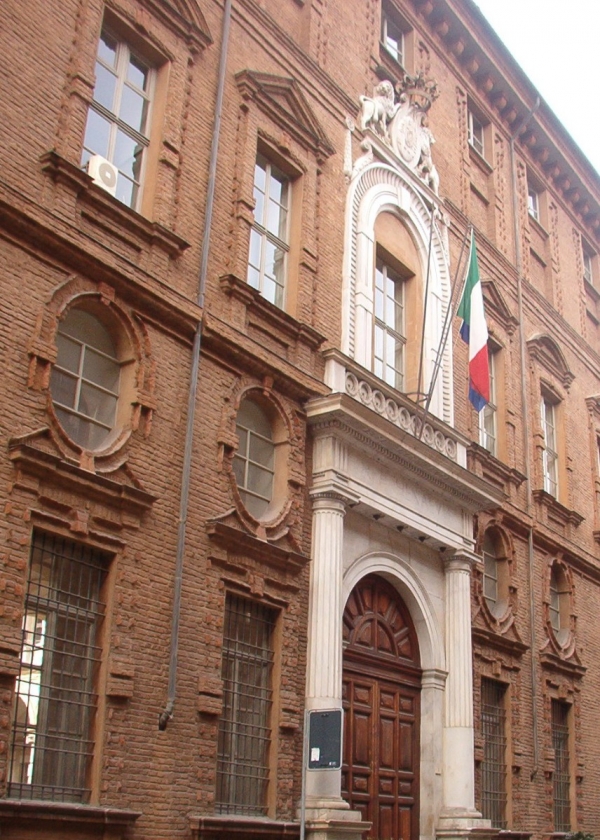en.unito.it/
Founded
1404Description
The University of Turin was founded in 1404 by Prince Ludovico di Savoia, which makes it one of the oldest European universities.
The university’s buildings are spread out across Turin. Their architecture ranges from the baroque Palazza del Rettorato to contemporary glasswork. The university also owns botanical gardens set up in the 18th century and museums such as The Museum of Human Anatomy Luigi Rolando, Museum of Criminal Anthropology Cesare Lombroso and Fruit Museum Francesco Garnier Valletti, which are amongst Turin’s favourite (niche) touristic attractions.
The University of Turin has 27 departments and four doctoral schools. Although most teaching is in Italian, an increasing number of courses gets taught in English. The university is famous for traditional subjects such as history, philosophy, law, economics and medicine but it is also considered to have one of the best management and economics schools in the country, and is investing into expanding newer areas of research and teaching.
In recent years, the institution has pursued integrated research with universities in the EU and developing countries.
Notable alumni include Noble Prize-winners Rita Levi-Montalcini, Renato Dulbecco and Salvador Luria, author, philosopher and semiotician Umberto Eco, comedy actress and humour writer Luciana Littizzetto, investigative journalist Marco Travaglio, Fiat's former head Gianni Agnelli, columnist and professor of international law Ugo Mattei, poet Cesare Pavese and even the enlightenment luminary Desiderius Erasmus.
Specific details
Location
Via Giuseppe Verdi 8, Turin, 10124, Italy
